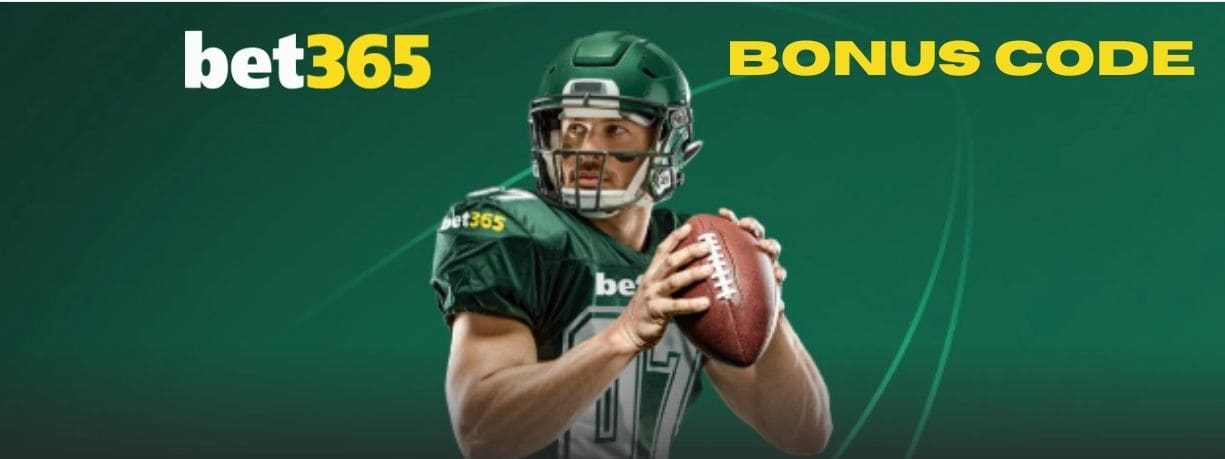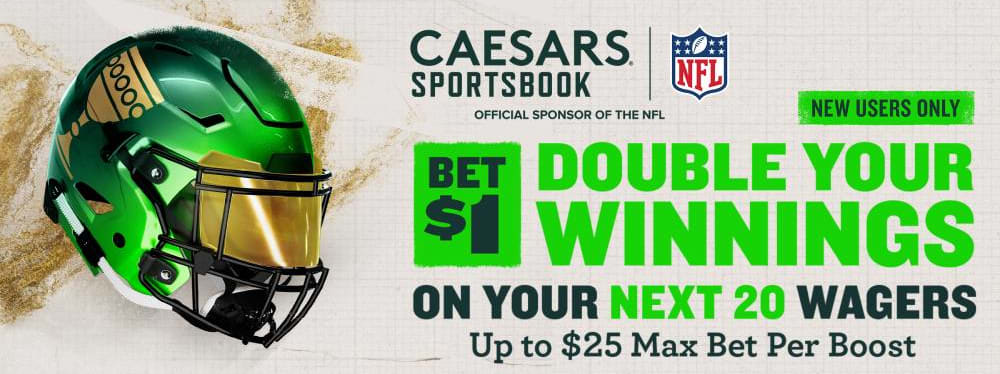
Get pro DFS advice for Saturday Night CFB Week 10—top college football picks, lineups & strategies for DraftKings & FanDuel slates. Stack USC, Ole Miss & more!

The best online casino no deposit bonus offers give you house money as soon as you register. When you use the BetMGM Casino bonus code, you can earn $25 instantly!
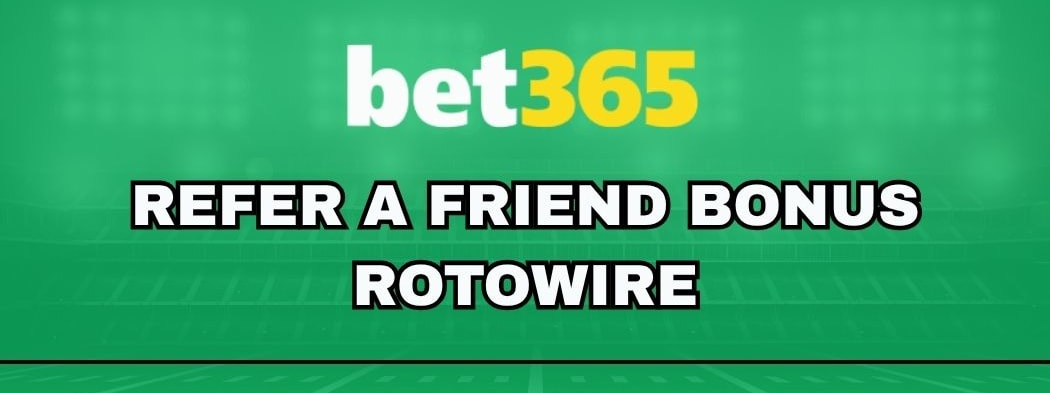
The bet365 refer a friend bonus ROTOWIRE gets you up to $500 in bonus bets annually, just by referring new friends. Check out our complete breakdown of the bet365 referral bonus here.

RotoWire's JP Aravena provides his free NBA picks and props for Saturday's six-game slate, including leans on Kevin Durant and a side in Kings/Bucks.

College Football Picks: Florida vs Georgia – Expert best bets, odds, and analysis for this heated rivalry showdown. Go inside keys to victory so you can bet smarter.

Data Scientist Paul Mammino analyzes the Week 9 Underdog contests, including discussing his rationale behind Pittsburgh's Jaylen Warren being a quality option late in drafts.
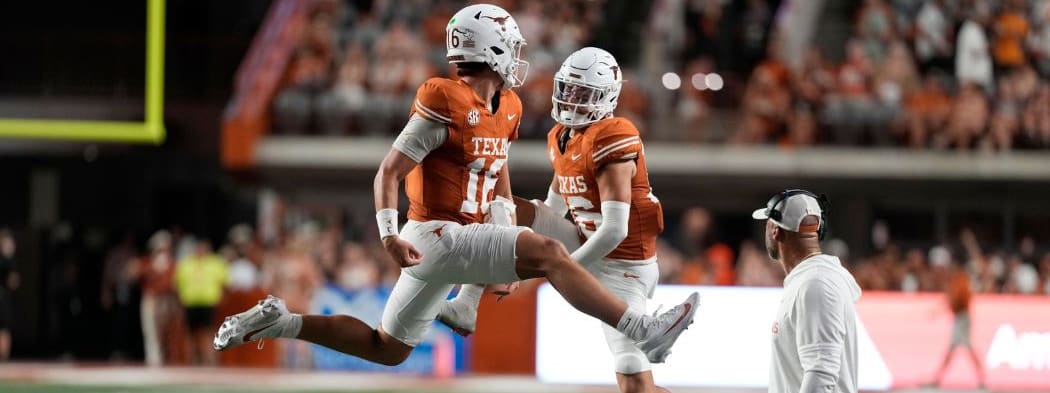
You can get $300 in bonus bets if your first bet wins by using the DraftKings promo code on Vanderbilt Commodores vs. Texas Longhorns today!

Earn $150 in bonus bets if your Oklahoma Sooners vs. Tennessee Volunteers bet wins after using the Hard Rock Bet promo. Sign up and earn the bonus today!

Bettors can wager on College Football Saturday to get up to $1,500 in bonus bets with BetMGM using our exclusive code ROTOSPORTS.

Expert NHL picks and parlays for Nov. 1: get single bets, parlay value, best odds and prop insights for three matchups on the 12-game slate!

You can get up to $2000 in FanCash over your first 10 days of using the Fanatics Sportsbook promo. Learn how to claim $2000 for College Football Odds, Nov. 1.

You can get a 100% deposit match up to $500 with the Bleacher Nation Fantasy promo code ROTO. Learn more about the BN Fantasy promo code here.

Claim $50 in bonus picks when you sign up and register right now using the exclusive DraftKings Pick 6 promo. Claim the DraftKings Pick 6 promo for today's NFL games & more.
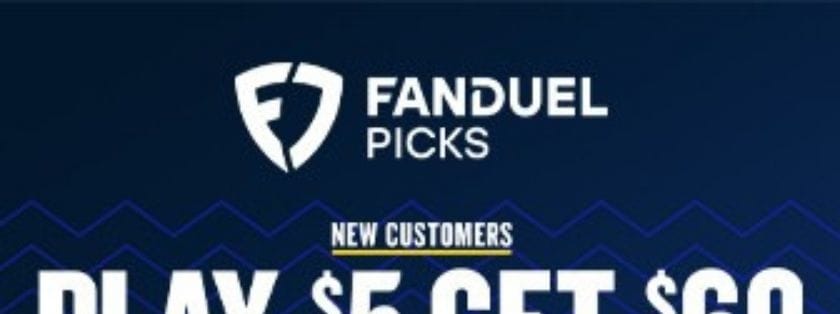
Unlock $60 in bonus entries when you sign up and register right now using the FanDuel Picks promo code. Claim the FanDuel Picks promo for the NFL, NBA & more.

You can get $50 in Novig Cash just by spending $5 in prediction markets with the Novig promo code ROTOWIRE. Learn more about the Novig promo here.

This is it. Game 7 of the World Series. Check out the DraftKings Showdown selections to fill out your Saturday MLB DFS lineups.


